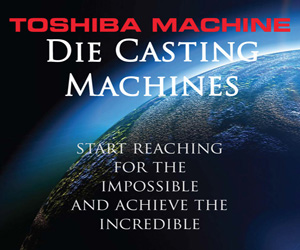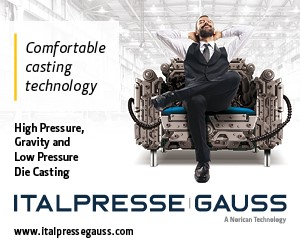In the metal stamping process, a sheet of metal is fed into a press which – using a tool and die, and tons of pressure – shapes the metal.
Another ancient metal forming process, metal stamping traces its roots to coin striking, which was performed as early as 700 BCE. Then, small amounts of malleable metals were placed in a die and struck with a hammer, forming a coin; now, sheet metal is automatically fed into a hydraulically or mechanically driven press. Though the processing methods have advanced greatly over almost 3,000 years, the core functionality of stamping has remained essentially the same.
Die Casting vs Metal Stamping
Metal stamping and die casting are two extremely different metal forming processes. Die casting utilizes ingots or billets, while stamping requires sheet metal blanks or coils; metal is heated past its melting point to be die cast, while stamping is almost always a cold working process.
The two different processes also have different strengths and weaknesses. Die casting is capable of producing parts with extremely complex geometries. Metal stamping is more economical when it is used for parts with simpler geometries. Stamping is capable of producing very complex parts, but at a cost: The more complex a part is, the more components the tool and die require – the more tool and die components there are, the higher tooling costs become.
Metal stamping can be performed on ferrous and non-ferrous materials alike, while die casting is generally limited to only non-ferrous materials. While careful design can minimize it, stamping creates a large amount of scrap material – it can be recycled, but the material costs include the cost for material that isn’t directly used. Die casting generates a much lower volume of scrap and the scrap that is produced is more easily recyclable, simply being turned to the holding pot and allowed to re-melt.
Learn More
Both metal stamping and die casting are efficient processes; which one will better serve you depends on your part and its needs.
Contact NADCA today to discuss whether die casting is the best option for your next project.








